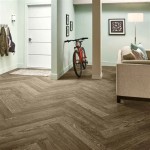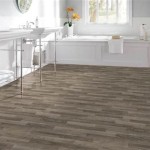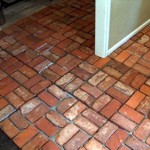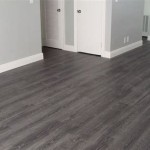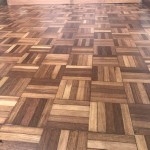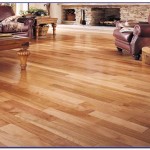Understanding Formaldehyde in Allen + Roth Laminate Flooring
Formaldehyde is a colorless, pungent-smelling chemical compound used in the production of various household products, including laminate flooring. Understanding the presence and potential impact of formaldehyde in laminate flooring is essential for informed decision-making.
Formaldehyde Emissions in Laminate Flooring
Laminate flooring is primarily composed of high-density fiberboard (HDF) with a decorative overlay. The HDF core is manufactured using adhesives and resins that may contain formaldehyde as a binding agent. Formaldehyde emissions from laminate flooring are typically measured in parts per million (ppm).
The amount of formaldehyde released by laminate flooring can vary depending on factors such as manufacturing processes, adhesive composition, and temperature. However, reputable manufacturers adhere to strict industry standards and emissions regulations to ensure minimal formaldehyde levels.
Health Concerns and Safety Guidelines
Formaldehyde has been classified as a potential human carcinogen by the International Agency for Research on Cancer (IARC). Exposure to high levels of formaldehyde can irritate eyes, nose, and throat, leading to respiratory problems and allergic reactions.
To protect consumers, various organizations, including the Carpet and Rug Institute (CRI), have established emissions guidelines for laminate flooring. These guidelines set limits on the allowable formaldehyde emissions to ensure safe indoor air quality.
Laminate Flooring with Low Formaldehyde Emissions
Many manufacturers offer laminate flooring with low or no-formaldehyde emissions. These products are certified by independent organizations and meet or exceed established safety standards.
Consumers should look for flooring labeled with the "GREENGUARD Gold" or "FloorScore" certifications, indicating low VOC (volatile organic compound) emissions, including formaldehyde. These certifications provide assurance that the flooring is safe for indoor use and meets stringent air quality standards.
Ventilation and Air Quality
Proper ventilation is crucial for maintaining good indoor air quality and reducing formaldehyde exposure. Ensuring adequate airflow by opening windows or using mechanical ventilation systems can help dissipate any potential formaldehyde emissions.
If concerned about formaldehyde levels, consider using air purifiers with activated carbon filters, which can help remove formaldehyde from the air.
In summary, formaldehyde is present in some laminate flooring but can be effectively managed with responsible manufacturing practices and proper ventilation. By opting for flooring certified with low formaldehyde emissions and following air quality recommendations, consumers can confidently enjoy the aesthetic and practical benefits of laminate flooring while prioritizing indoor air quality and health.

Allen Roth Laminate Review

Allen Roth Laminate Review

Allen Roth Laminate Review

Allen Roth Winsome Tanned Yew Wood Plank Laminate Flooring In The Department At Com

Allen Roth Laminate Review

Allen Roth Sample Toasted Chestnut Laminate Flooring At Com

Allen Roth Laminate Review

Allen Roth Sample Cafe Laminate Flooring In The Samples Department At Com

Allen Roth Laminate Review

Allen Roth Laminate Review
Related Posts

